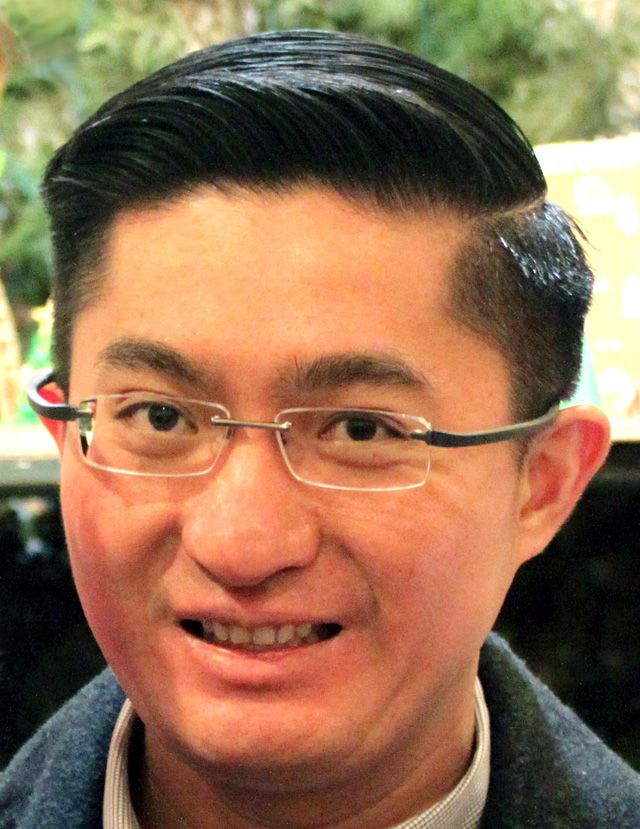Walk into a typical home improvement store, says Jonathan Wierer, and the progress of the LED revolution quickly becomes apparent.
In the lighting section of most of these stores, says Wierer, an associate professor in the department of electrical and computer engineering and the Center for Photonics and Nanoelectronics (CPN), bulbs made with LED (light-emitting diode) technology account for more than half of the displays.
“The progress in LED technologies has been driven by scientific advances in the materials and devices of indium gallium nitride (InGaN) and gallium nitride (GaN) semiconductors. This progress is essential for enabling practical technologies used today,” says Nelson Tansu, the Daniel E. ’39 and Patricia M. Smith Endowed Chair Professor and Director of the CPN at Lehigh.
There are obvious reasons why consumers are turning to LED-based lighting, says Wierer. LED light bulbs consume 85 percent less energy than incandescent bulbs and 25-35 percent less than compact fluorescent light (CFL) bulbs. LEDs cost more than incandescents or CFLs, but they can last for decades and in the long run save money.
And unlike their rivals, Wierer adds, LEDs can be engineered to provide a desired type of color temperature.
“We can engineer LED light better than we can engineer fluorescent light. LED light has three colors [red, green and blue]; we can turn on or off one or two or all three of these. This isn’t possible with incandescent or fluorescent lighting.”
“With LEDs, you can engineer the spectrum of light to improve human health,” says Wierer. “We are just learning, for example, that blue light affects our biological clock—or circadian rhythm—and can disrupt our sleep cycles. In three-color white LEDs we can engineer the amount of blue light that is emitted.
“That’s another reason, in addition to efficiency, that we’re interested in LEDs.”
Despite its progress, the LED revolution is far from over, say the Lehigh professors. LEDs can be made even more energy-efficient—perhaps twice as much—with better engineering of their active, or light-producing, regions. And given that lighting accounts for approximately 20 percent of global energy consumption, there is a potential for enormous energy savings.
Wierer and Tansu, along with their colleagues, have proposed a significant change to the engineering of LEDs in a paper titled “III-nitride quantum dots for ultra-efficient solid-state lighting,” which was published recently by Laser and Photonics Reviews, one of the world’s leading optics journals.
The paper, which is based on theoretical work and computer simulations, was authored by Wierer, Tansu, Arthur J. Fischer and Jeffrey Y. Tsao. Both Fischer and Tsao are from Sandia National Laboratories in New Mexico.
In the paper, the authors argue that by using quantum dots (QDs) in place of the quantum wells (QWs) that now produce light in many LEDs and laser diodes (LDs), engineers can circumvent the phenomena that limit the efficiencies of the two technologies.
“If our theoretical work can be realized, this could lead to ultra-efficient solid state lighting sources with huge potential energy savings,” said Wierer. “This would have a big impact on lighting and energy use with a great benefit for humanity.”
Read the full story at the Lehigh University News Center.
Story by Lehigh University's Office of Communications and Public Affairs.


